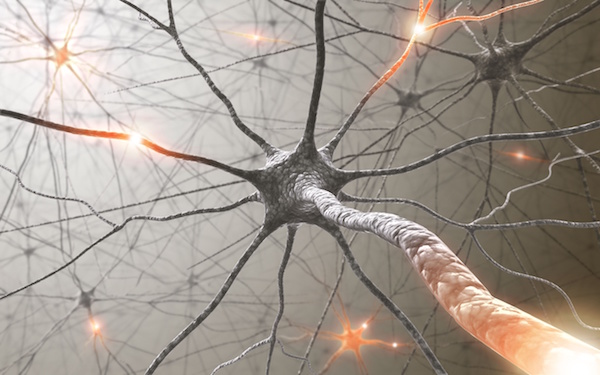
MONDAY, Aug. 9 (HealthDay News) — Ever wonder how some people can sleep through thunderstorms and traffic noise, while others wake up at the slightest sound? Differences in people’s brain rhythms during sleep may hold the answer, scientists say.
While treatments based on the findings remain a long ways off, “by knowing this information, we will better understand what can be done to enhance natural sleep,” said study senior author Dr. Jeffrey Ellenbogen, chief of the division of sleep medicine at Massachusetts General Hospital and assistant professor of neurology at Harvard Medical School.
Reporting in the Aug. 10 issue of Current Biology, Ellenbogen and his colleagues studied how sensitivity to noise during sleep is associated with a type of brain activity called sleep “spindles” — bursts of fast brain rhythms that punctuate the otherwise slow-wave patterns characteristic of sleep.
These spindle rhythms are generated by a structure in the brain called the thalamus, which is responsible for relaying sensory information from the outside world to other parts of the brain. It’s thought that the thalamus might generate these sleep spindles as a way to prevent sensory input (such as loud noise) from reaching the sleeping brain.
To see if spindles might shield the brain from sound in the environment, the researchers first measured spindle production in the brains of 12 healthy adult volunteers during a quiet night of sleep. On the next two nights, they evaluated the volunteers’ sleep behavior in the presence of noises like road and air traffic or a ringing telephone.
The researchers found that people with higher rates of spindle rhythms were consistently less likely to awake in response to these noises.
“Spindles have previously been associated with suppression of incoming stimuli during sleep, so the results are logical,” said one expert, Torbjorn Akerstedt, director of the Stress Research Institute at Stockholm University in Sweden.
It’s not completely clear if sleep spindles are directly interfering with sound transmission to the brain, although that’s the current hypothesis, Ellenbogen said. “If a spindle occurs at the same time as a sound, then the sound is likely blocked from perception, keeping the person asleep. More spindles makes it more likely that noises will collide with this sleep-protecting rhythm,” he said. Alternatively, it’s possible that the spindle is simply a sign of an as-yet-unknown brain process that controls noise sensitivity.
Each person’s spindle rate was similar across all three nights, suggesting that it’s a stable trait for an individual across time, although “little is known about what makes one person produce more spindles than another,” Ellenbogen said.
Understanding sleep spindle production may someday help researchers devise behavioral or pharmaceutical methods of increasing resilience to noise during sleep, although such applications remain far off, he noted.
“Certain drugs make sleep spindles more prominent, particularly those that are considered sleep drugs,” Ellenbogen said. “It is not known, however, whether these synthetically made spindles behave similarly to those naturally occurring. We are currently investigating that important question.”
Studies of sleep spindles may also have implications for other aspects of sleep besides noise sensitivity, Akerstedt said. “Spindles may be a good new physiological indicator of sleep quality,” he said. “This may be important, since we lack consensus on what constitutes physiologically good sleep.”
More information
There’s more on the study of sleep at the National Sleep Foundation.

